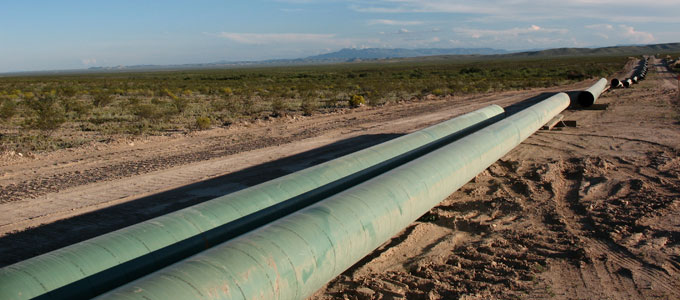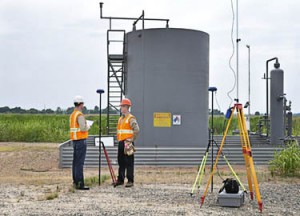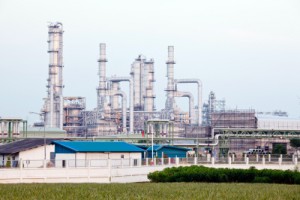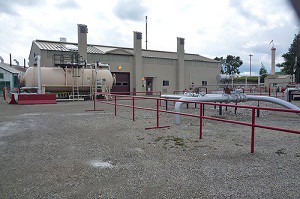Tips for Keeping Oil and Gas Projects on Track
 As a project manager for oil and gas projects, one of your most important priorities should be making sure that everything stays on schedule. After all, these jobs are often very expensive to plan and execute, and the entities funding the work are no doubt going to want to see a return on their investment as soon as possible. Project delays cost a great deal of money, while also pushing back the horizon on how soon the project will start paying dividends.
As a project manager for oil and gas projects, one of your most important priorities should be making sure that everything stays on schedule. After all, these jobs are often very expensive to plan and execute, and the entities funding the work are no doubt going to want to see a return on their investment as soon as possible. Project delays cost a great deal of money, while also pushing back the horizon on how soon the project will start paying dividends.
Fortunately, with the right level of planning and the right technology available to assist you, it’s possible to reduce the chances of a delay. Read this post to learn about some of the main sources of delay in oil and gas projects, and what you can do to overcome them.
1. Miscommunication or bad data
Let’s face it: oil and gas projects are very complex undertakings. When you have a large team of individuals all working on the same project, keeping everybody on the same page is always going to be difficult. With oil and gas projects, where the team can be spread out over long distances, it becomes especially hard. When miscommunication between team members occurs, or when some team members aren’t working from the most recent version of project data, it can cause time-consuming mistakes.
With a cloud-based project management platform, project managers can establish a single central repository for all the project data and communications. The platform can be accessed no matter where a worker may be, including access on mobile devices for field workers. As a result, such a solution can help reduce the potential for miscommunication.

2. Delays in securing environmental approval
While environmental regulations clearly exist for a good reason, it’s impossible to overlook what an inconvenience they can sometimes be for project managers working on oil and gas projects. However, with the right level of planning and awareness, it’s entirely possible for an oil and gas project manager to make sure a project lives up to its environmental responsibilities, while also proceeding according to schedule.
A key concept to keep in mind is that all jurisdictions, including local, state and federal jurisdictions, have their own special environmental requirements. This can cause real problems, especially if you’re building in region that you’re not familiar with. The best way to overcome this is to make sure you start early, and consider working with a land surveying partner who can provide the kind of local knowledge that you may be lacking.
3. Delays in gathering survey data and completing as built surveys
While collecting land surveying data should of course be a part of your project plan, it can sometimes be difficult to make sure you’ve dedicated the correct amount of time to complete this task. There’s no denying the fact that gathering survey data using traditional surveying methods is slow; the only question is how will it affect the rest of the project schedule going forward?
Using aerial data collection performed by unmanned aerial vehicles (UAVs) can help you overcome this issue. UAVs are capable of gathering very large amounts of land data quickly, and their ability to bypass difficult terrain from above means that their work is both faster and more predictable than that performed by land-based surveyors. As a result, you can be sure that you will have all the surveys you need to move forward with your project—on schedule.
To learn more about any of the technologies mentioned in this post or to get started planning your oil and gas project, contact Landpoint today.







